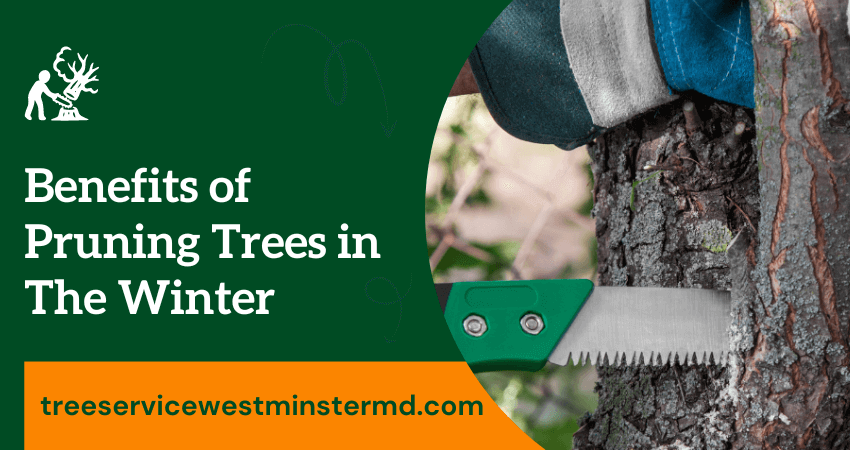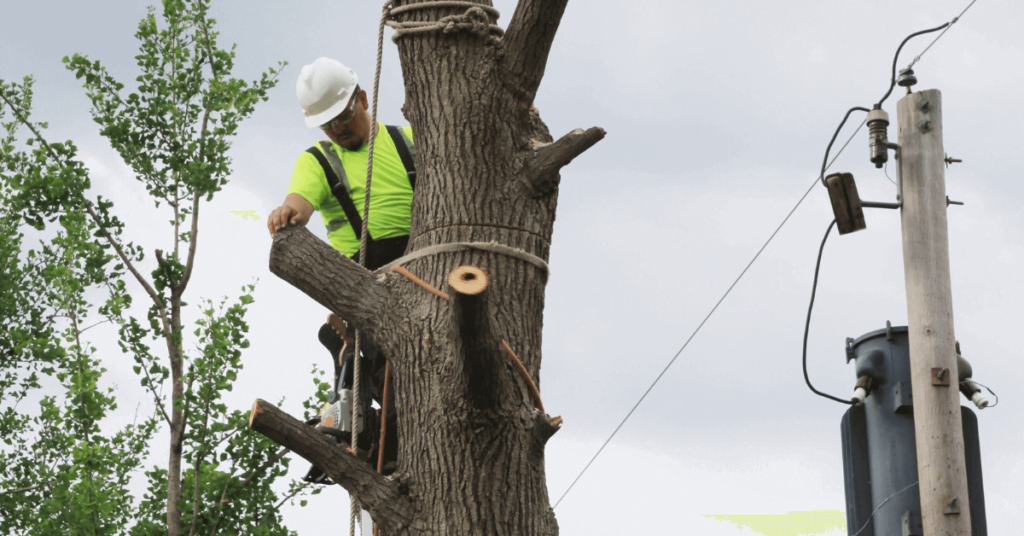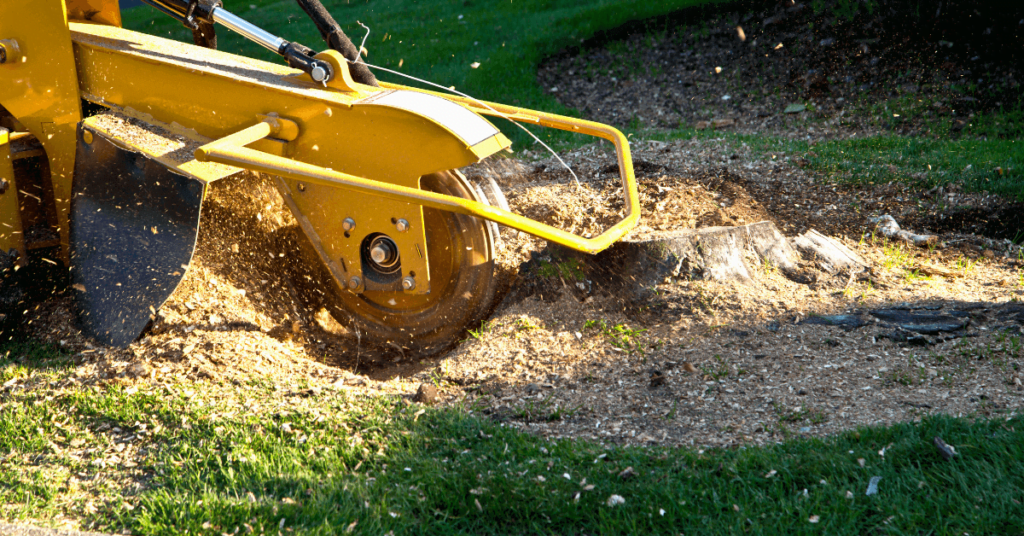Pruning is an important aspect of tree care, as it helps to maintain the health and shape of the tree. Trees can be pruned at any time of year, but there are several benefits to pruning during the winter.
In this article, we will explore some of the advantages of pruning your trees in the winter season. From the ability to identify problem branches to promoting healthier spring growth, pruning in the winter can be an effective way to care for your trees.
It’s important to note that for large or mature trees, it is best to consult a professional arborist before pruning.
Benefits of Pruning Trees in the Winter
Pruning trees in the winter provides several benefits to home and commercial landscapes. These benefits include
1) Easier identification of branches
Winter pruning allows for easier identification of branches to be removed due to the lack of foliage. This means that you can easily identify dead, diseased, or damaged branches and make sure they are correctly removed from the tree.
2) Reduced stress on the tree
Pruning in the winter reduces the stress on the tree by removing excess foliage and allowing for additional air circulation. Additionally, this helps to reduce the amount of water needed by the tree during the summer months.
3) Increased tree health
By pruning in the winter, you are helping to maintain the health of your tree by removing any diseased or damaged branches before they become a larger problem. Winter pruning also helps improve the shape of trees, ensuring that they maintain a healthy structure and look their best year-round.
4) Increased sunlight
By removing excess foliage in the winter, more light can be directed to the remaining branches and leaves of your tree. This helps ensure that your tree is receiving adequate sunlight which can help increase its overall health.
5) Less damage to the tree
Pruning in the winter reduces the chances of causing damage to your tree as temperatures are generally cooler and there is less risk of shock due to the cold. Additionally, pruning in the winter helps prevent insects and diseases from developing which can further harm the health of your tree.
How to Prune Trees in the Winter?
When it comes to pruning trees during the winter months, there are some specific guidelines that should be followed.
1) Tools needed
Pruning shears, clippers and saws are the essential tools needed to prune a tree during winter. Pruning shears should be used for branches that are 1/2 inch or less in diameter while clippers and saws should be used for larger branches.
2) Best time to prune
The best time to prune trees is during the late winter months when the tree is dormant. This usually occurs from November to March in most regions. Pruning during this time of year can reduce the stress on trees and help them heal faster.
3) Safety precautions
Protect your eyes and hands from flying debris by wearing protective eye goggles and gloves when pruning a tree. Also, be sure to use a ladder when necessary and consult with an arborist if you are inexperienced in pruning techniques.
4) Proper pruning techniques
When selecting branches to be removed, look for dead or damaged ones first. Next, look for any branches crossing over each other as they should be removed so that the tree’s growth is not affected. Finally, check for any branches that are too close together and trim them to promote healthy airflow through the canopy of the tree.
By following these tips and guidelines on how to prune trees in the winter, you can ensure a healthier and stronger tree come springtime.
FAQs – Benefits of Pruning Trees in Winter
Why is it beneficial to prune trees in the winter?
Pruning trees in the winter is beneficial for a variety of reasons. Pruning helps maintain the shape and structure of the tree and prevents damage from branches that are getting too close to buildings or power lines.
Pruning during the winter gives the tree time to heal and prepare for new growth come spring, which can help it look its best and be healthier overall. Pruning also reduces competition between branches so the tree can focus energy on maintaining a strong root system.
Can all trees be pruned during the winter?
Most trees can be pruned during the winter, but some species such as Birch, Maple, Walnut, etc. are known to bleed sap heavily when pruned during cold months and should be pruned during the summer or fall instead. It’s always best to consult a professional arborist before pruning, as they can give specific recommendations for your tree based on its species, age and condition.
Can I prune large or mature trees myself?
It’s not recommended to prune large or mature trees yourself, as they can be more difficult to work on and may require specialized equipment. It’s best to consult a professional arborist, who has the experience and training to safely and effectively prune these trees.
Final Words
Pruning your trees in the winter has many benefits that are often overlooked. By pruning in the winter, you can stimulate growth, reduce hazards and promote fruit production. Winter pruning also allows you to see the shape of the tree better than if it were full of leaves.
If you take the time to prune your trees in the winter, you will be rewarded with a healthier, fuller tree come springtime. However, it is important to note that not all trees should be pruned in the winter and proper pruning techniques should always be used to avoid damaging the tree. Consulting with a certified arborist is always recommended before undertaking any pruning work.



